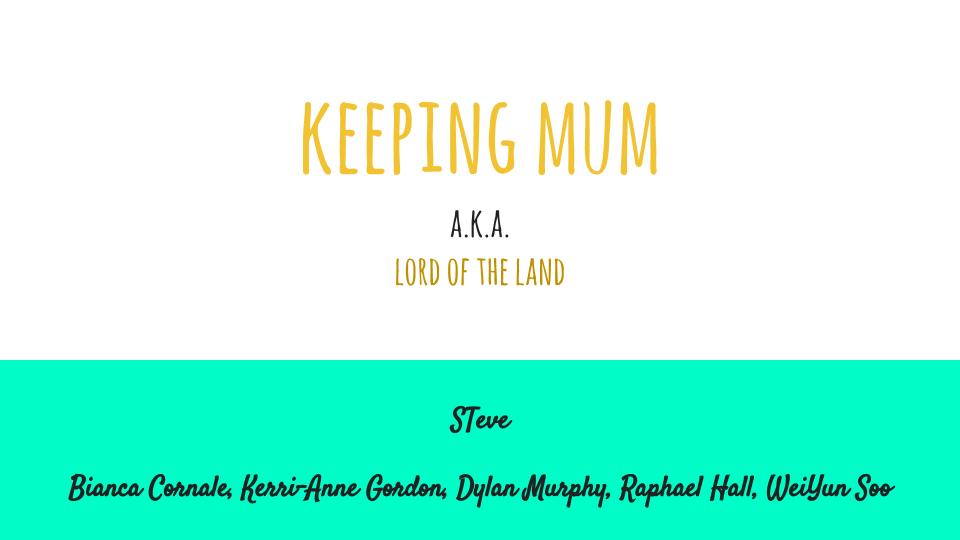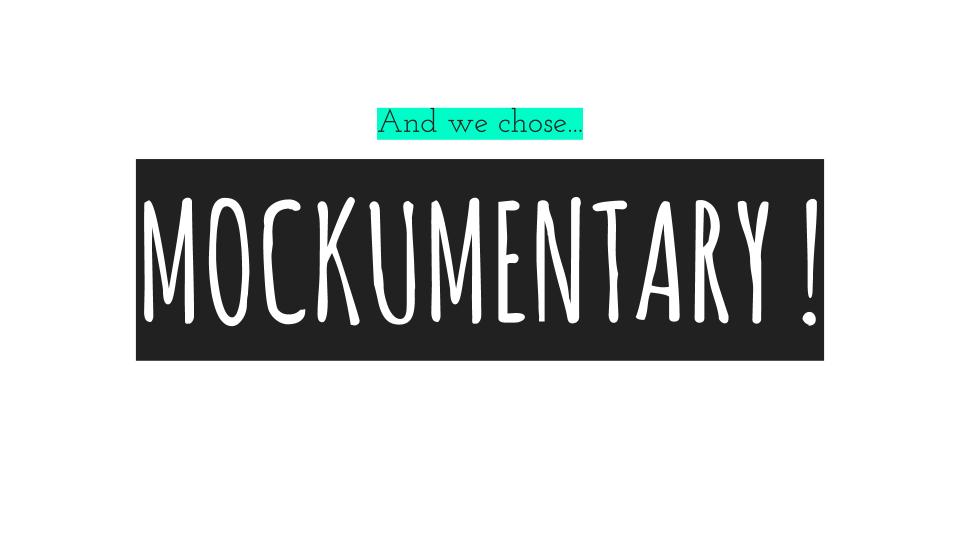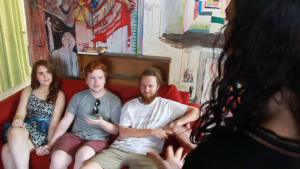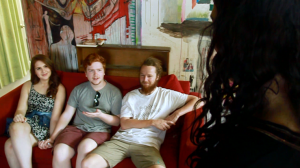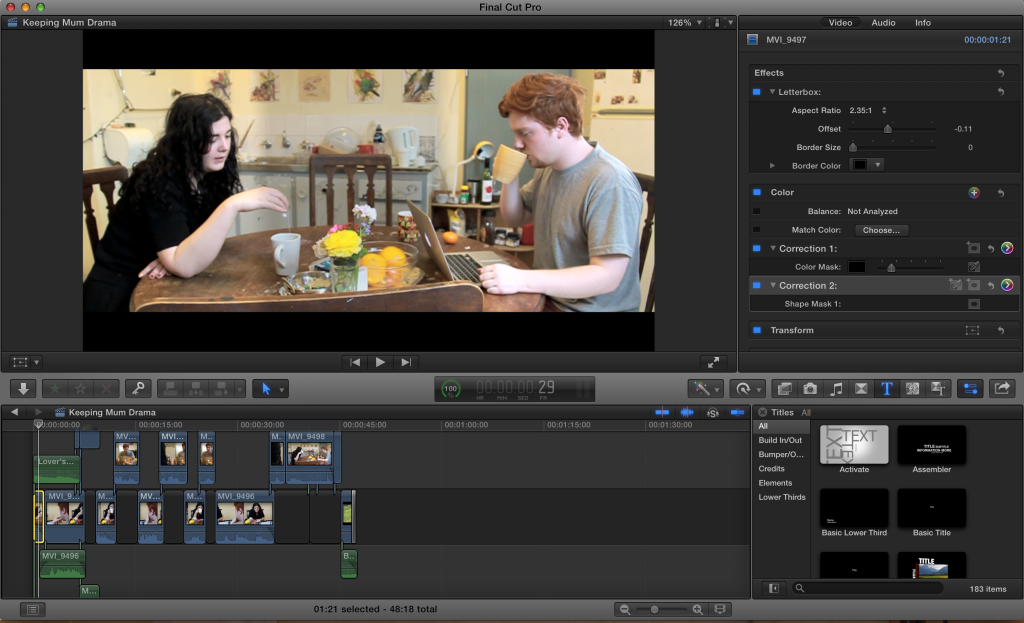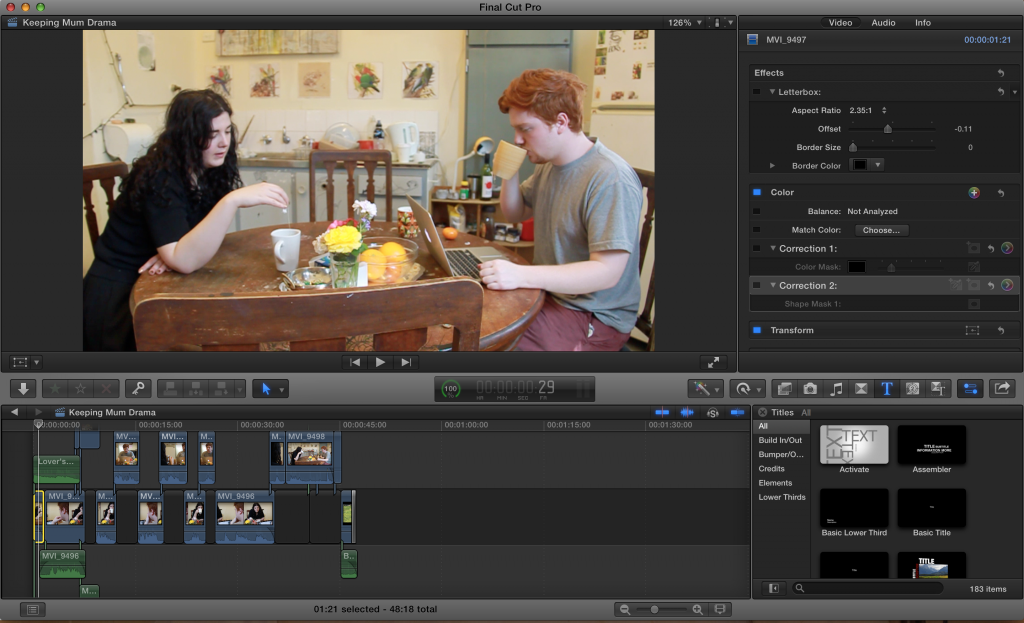During class we were to use the first hour of our studio workshop to play some of the games that Dan have compiled for us. I decided to start from the bottom of the list (boy was I wrong to think it was a short story). I played The Matter of the Great Red Dragon. These text-based games were interesting form as they are the same as those choose-your-adventure games but in words. It relied heavily on hypertexts as it allows you to click your choice of action in order to advance the story. A few questions were prompted in class to get discussions going on.
1. How (using minimal resources – text-only, very little extra material) have these story worlds been created ?
I believe that short stories or text-based games are usually up for audience imagination. There was definitely a little bit of background of certain objects from the story world but they were not lengthy explanation. The objects from the story of the Great Red Dragon were simple and easy to understand hence, the story was easily digestible.
2. When were you “hooked”?
Honestly, fantasy genre always gets me hooked especially when it’s in an alternate universe.
3. How is the character developed?
The game I played was choosing your path as the hero of the game so the character develops when as you go along the adventure. It definitely makes you feel like you’re in control of your own character. Others, however, were not developed as well as a proper story would. There would be no background or profile of the characters but just enough information for you to understand why they were important in the story.
4. How was the narrative / technology / audience leveraged (used) to relay the story? How would you plan one of these ?
During the discussion, I agreed with one of my peer’s opinion. The narrative was not very strong in majority of the games because of their main goal to be interactive. She mentioned that it was spread too thin just to maintain the audience attention. The way they’re done is they are multiple chains of texts that are interwoven together to create this web of texts (hypertexts). However, if there are too much going on, it would only lead to frustration as the story gets too confusing and it could overload one’s sensory and memory. The navigation is the key mechanics to these text-based games.




